We’re written about Amazon’s The Man in the High Castle here at Never Was, but we never reviewed the series. Now that it’s in its fourth and final season, it’s worth taking a look back on this dieselpunk drama.
Season 1 follows Philip K. Dick’s 1962 novel, on which the TV show is based, pretty closely. The Axis have won have the war and North America is divided in two. The Germans control the Western Hemisphere, including Africa and the bulk of the former United States. The Japanese hold the East, including Alaska and the former states of Washington, Oregon and California. An unruly Neutral Zone in the Rocky Mountains separates the two empires.
The main character is Juliana Crain (Alexa Davalos), a resident of the Japanese Pacific States who is gradually immersed in an American Resistance movement led by Hawthorne Abendsen (Stephen Root), the eponymous “man in the high castle”. In the book, he is the author of an alternate-history novel in which the Allies won the Second World War. In the series, he produces films.
Their nemeses are American SS chief John Smith (Rufus Sewell) and his counterpart in the Pacific States, Chief Inspector Takeshi Kido (Joel de la Fuente). Both want to get their hands on the films and the man in the high castle himself.
The writers clearly struggled when they ran out of source material. Season 2 continues the various storylines, but some have less and less bearing on the overarching plot. A major character is dispatched to Berlin, where he is little more than a spectator to political intrigue. This give us a glimpse into the inner workings of the Reich, but it also underlines the character’s uselessness.
Season 3 picks up the pace, and starts to make sense of Abendsen’s films, although it still spends too much time wrapping up the stories of uninteresting characters. This is all the more frustrating when other characters are simply killed off when they’re no longer needed.
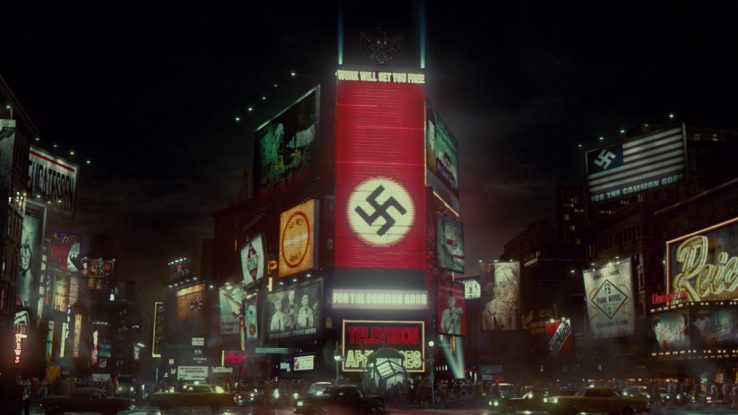
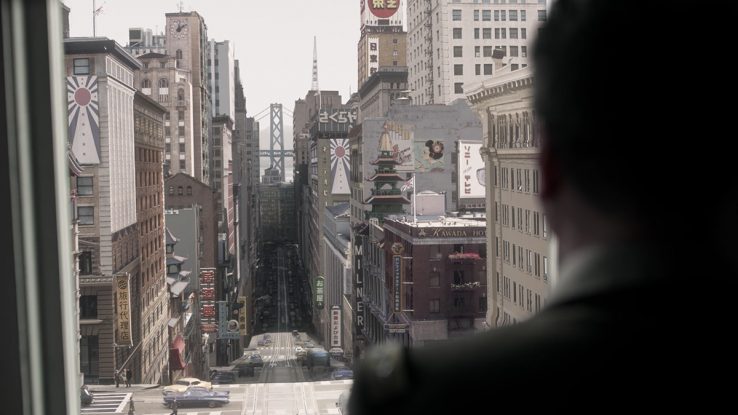

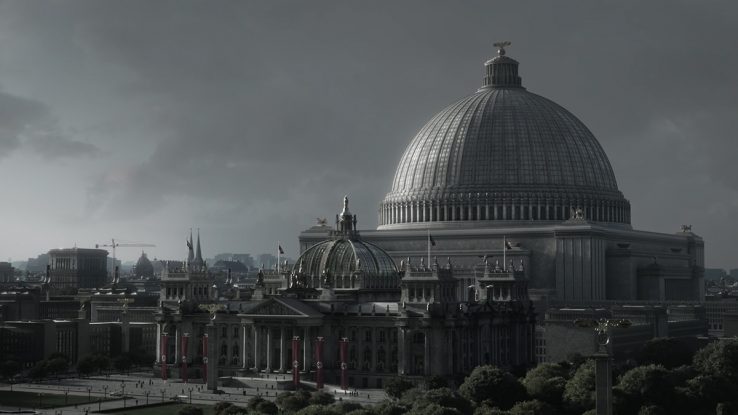
Things vastly improve in Season 4. Although it does introduce yet another new faction, the Black Communist Rebellion, the storytelling is more to-the-point. Indeed, so to-the-point that an enormous change takes place within the space of two episodes. This ideally would have happened last season. Then Season 4 could have spent more time on the repercussions. But at least the series finally knows what it’s about.
When Seasons 1 and 2 came out in 2015 and 2016, many reviewers commented on their depiction of ordinary life in a fascist America, which wasn’t entirely unrecognizable. This is certainly eery, and part of what makes the show interesting, but it isn’t until Season 4 that The Man in the High Castle explicitly grapples with the reason why.
Throughout the series has spent as much time on its villains as its heroes, showing both to be complex characters who struggle to do the right thing in trying times. In Season 2, one of the protagonists is forced to make a choice between family and the state. Similar decisions drive the storytelling in Season 4. Juliana is constantly given opportunities to lead a quiet life away from war and politics but decides not to. One advantage of the sometimes meandering plot is that we get to know these characters well, so even when their actions surprise us, we know where they’re coming from.
Like all good alternate history, The Man in the High Castle is about the choices we make. History is not preordained. Nothing is inevitable. What matters is what we do.
This is exactly what Larry Amyett wrote in his review of Third Reich Victorious (2002), which lays out various alternate World War II scenarios: the ultimate lesson of alternate history is that we have to stand up and accept responsibility for the consequences of our actions. Most of the characters in The Man in the High Castle eventually do.
The Man in the High Castle is messy, sometimes too slow, sometimes too fast, but it is still the best dieselpunk on television.
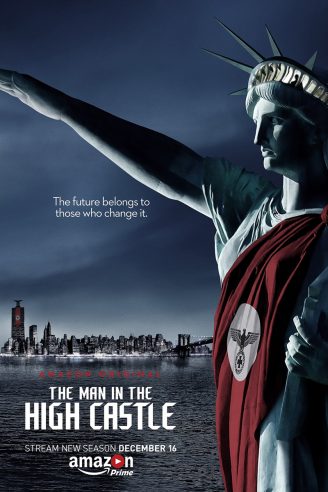

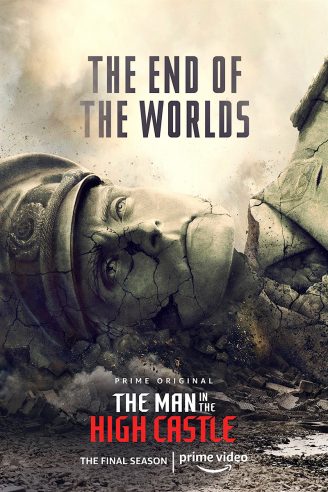

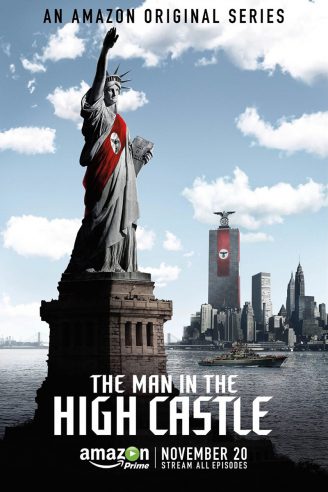
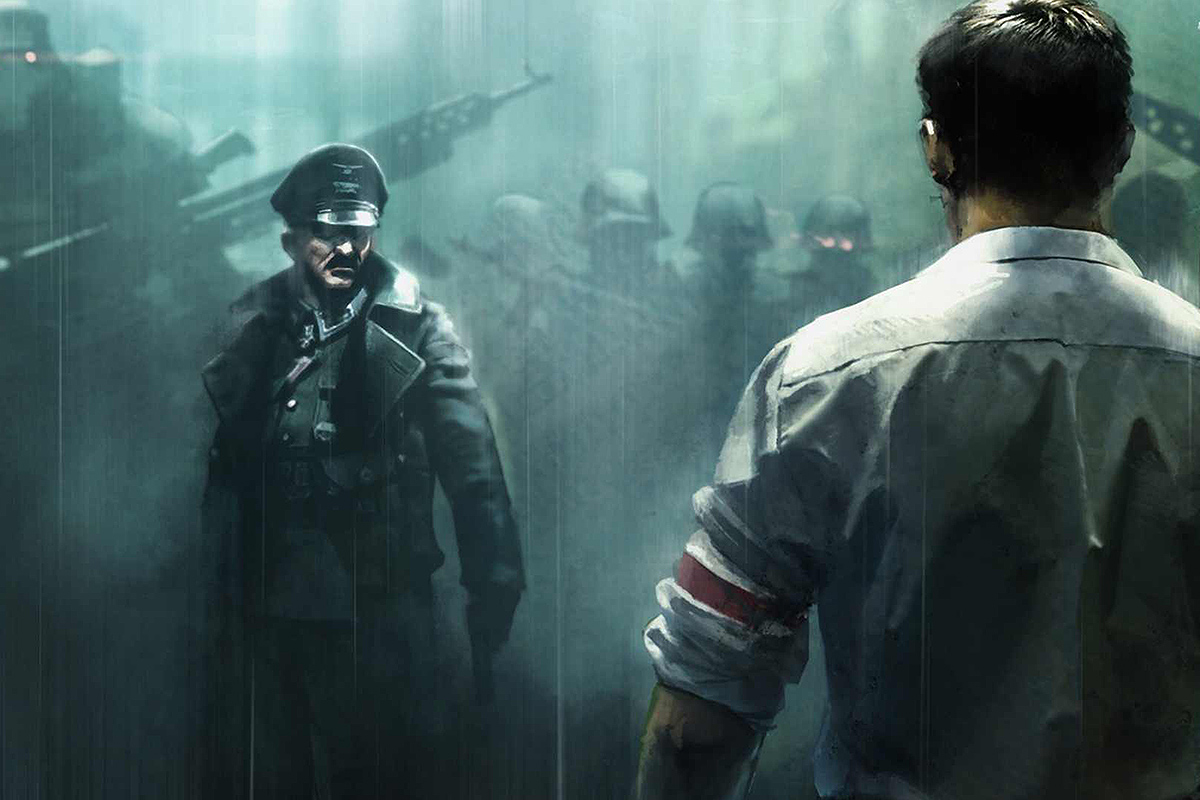
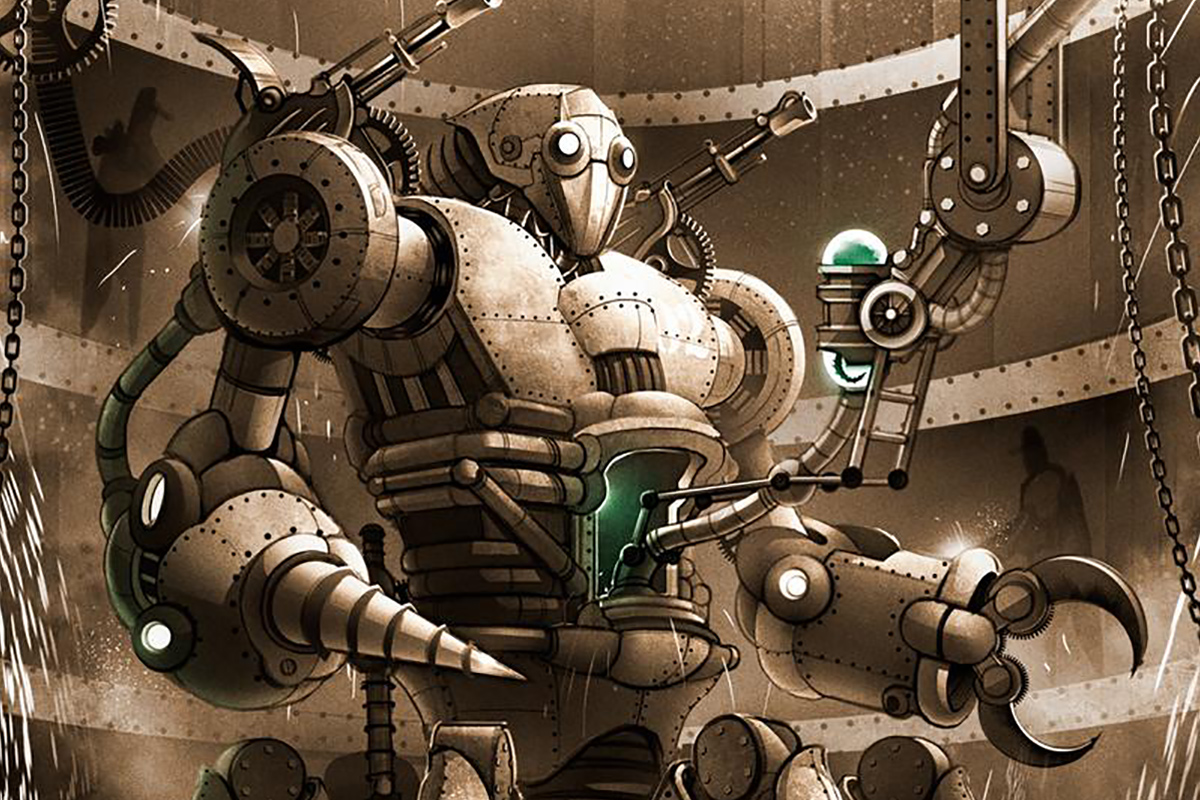

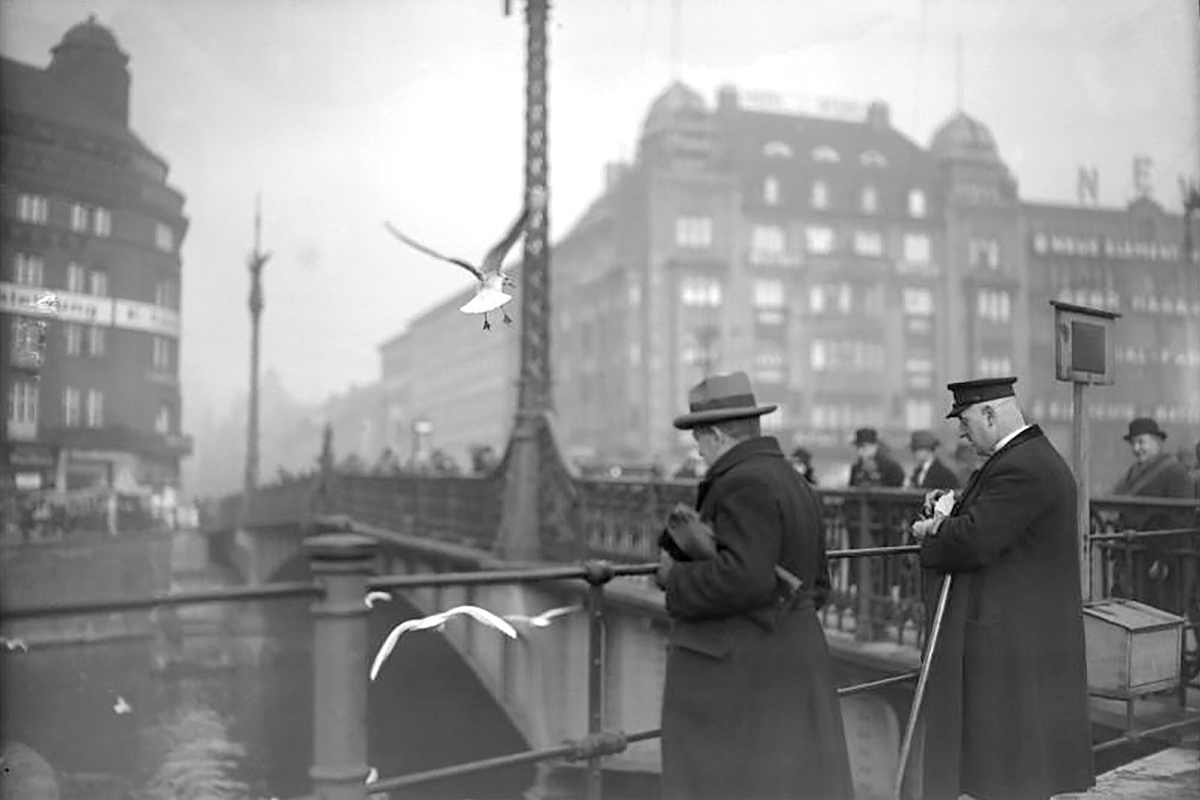
2 Comments
Add YoursThanks for another interesting piece about an interesting series I have yet to watch.
Speaking of Philip K. Dick, “Blade Runner” month has just ended. The 1982 movie is set in November 2019. Though we still have no flying cars, offworld colonies, or intelligent androids. The 1968 novel it was based on “Do Androids Dream Of Electric Sheep?” was set in 1992!
I’ve been pondering doing a binge-watching catch-up, and now I see that I must do exactly that. Thanks for the review.